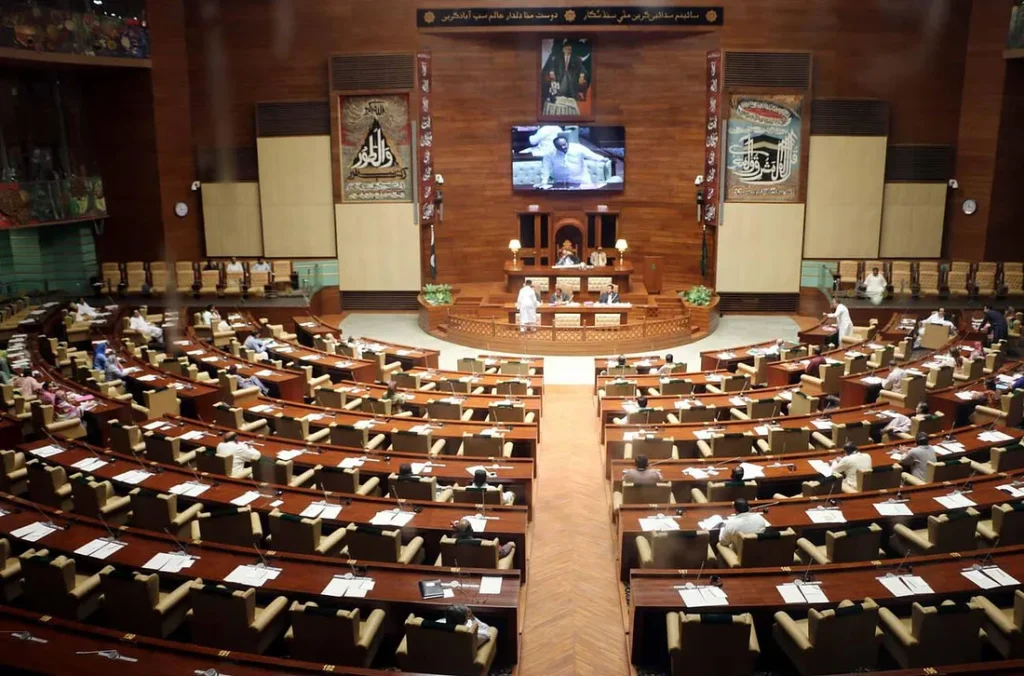Art, Faith, and Handwork
These carpets were made by MWCarpets and are based on the calligraphy work of the well-known artist Syed Sadequain Ahmad Naqvi. Each calligraphic carpet shows verses from the Holy Qur’an, written in the style of Sadequain’s calligraphy. These carpets are not printed they are handwoven, knot by knot. Every detail was planned and carefully made by experienced workers.
How we made this World Record?
The designs were first drawn by hand, then turned into a digital pattern. This helped the team know exactly where to place each knot. The entire process was done with great care, as the carpets include sacred text. A group called Siddiqui and Naqvi Associates helped lead the project, under Syed Zia Askari, making sure everything was done properly. The carpets were officially recognized as a world record by M.J Interior Decorators, who gave a certificate to MWCarpets for their outstanding work. This is not just a personal win it’s something that brings pride to the whole country.
Since they were installed in 2013, the carpets have drawn attention from people both in Pakistan and around the world. They show the real beauty of our traditional work, and how much skill our artists have. More than anything, these carpets remind us that even in today’s world, handmade art still has great value.
Technical Details
Creating these world-record carpets was no small feat. The workers at MWCarpets employed traditional hand-knotting techniques for the authenticity and durability of the carpets. Each carpet was woven with over 449,000 knots, resulting in a total of 898,560 knots across the pair. The high knot density of 3,456 knots per square foot speaks volumes about the precision and dedication involved in their creation.
The materials chosen for these carpets were of the highest quality. A blend of 70% wool and 30% silk was used, providing a balance between durability and texture. The wool offers resilience, while the silk adds a lustrous finish, enhancing the visual appeal of the carpets. The foundation was made of strong cotton, ensuring the longevity of the piece.
Color plays a role in Islamic art, and these carpets are no exception. Natural dyes, sourced from Switzerland, were used to achieve the rich, vibrant hues that adorn the carpets. The weaving process was carried out on a vintage oversized wooden loom, a nod to traditional methods that have been passed down through generations.
This choice of equipment was crucial in maintaining the integrity of the weaving process and ensuring that the final product was a true reflection of the artisan’s skill and dedication.
Inspiration behind these Carpets
Syed Sadequain Ahmad Naqvi, often referred to simply as Sadequain, was a pioneer in the field of Islamic calligraphy. Born in 1930 in Amroha, British India, he moved to Karachi in 1947 during the partition of India. His early exposure to art and literature ignited a passion that would define his life’s work. Sadequain’s calligraphy was characterized by bold strokes and dynamic compositions, often infused with a sense of movement and emotion. He believed that calligraphy was not just a form of writing but a means of expressing the divine. His work transcended traditional boundaries, merging calligraphy with painting and poetry, creating a unique style that resonated with many.
His contributions to Islamic calligraphy were instrumental in reviving interest in this art form in Pakistan during the 1960s. His exhibitions were met with acclaim, and his works were displayed in various public and private collections. Sadequain’s influence extended beyond Pakistan; his works were exhibited internationally, earning him recognition and accolades.
The decision to base the design of the world-record carpets on Sadequain’s calligraphy was a tribute to his enduring legacy. The carpets feature verses from the Qur’an, rendered in Sadequain’s distinctive style, bringing his art into a new medium and ensuring that his influence continues to inspire future generations.

